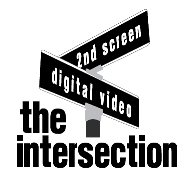- the 500 channels of content you were receiving from your Cable, Telco, or Satellite provider,
- the collection of DVD's on your shelf, and
- the available plethora of DVDs to rent at your local Blockbuster.
- Movies came out at the theater first, and then a few months later were available to rent (eg Blockbuster) or purchase (many locations) on the same day.
- A few months after this, they started appearing in your premium TV networks (eg HBO, Showtime).
- A few months after this, they came out on the standard, non-premium broadcast networks.
Video entertainment was easy, despite the poor available search methods of channel surfing your EPG and browsing your shelf or local store's shelves.
In 2012, you are perplexed by a long list of growing of (sometimes exclusive) digital sources of content with different restrictions and availability dates. Some titles are available for sale but not for rent (eg iTunes, Vudu, Amazon). Some titles are available for rent, but not in your subscription service (eg Netflix Streaming, Amazon Prime). Sometimes the digital version is available the same day as the DVD/Blu-ray is available in stores for sale, but even the physical DVD rental has different availability dates in the few remaining Blockbuster stores and the Netflix mail service than it does at the RedBox kiosks in your local grocery store. Throw in TV catch-up services where the DVD is often available after it is available for free or subscription online and you are thoroughly confused. Or at least should be.
